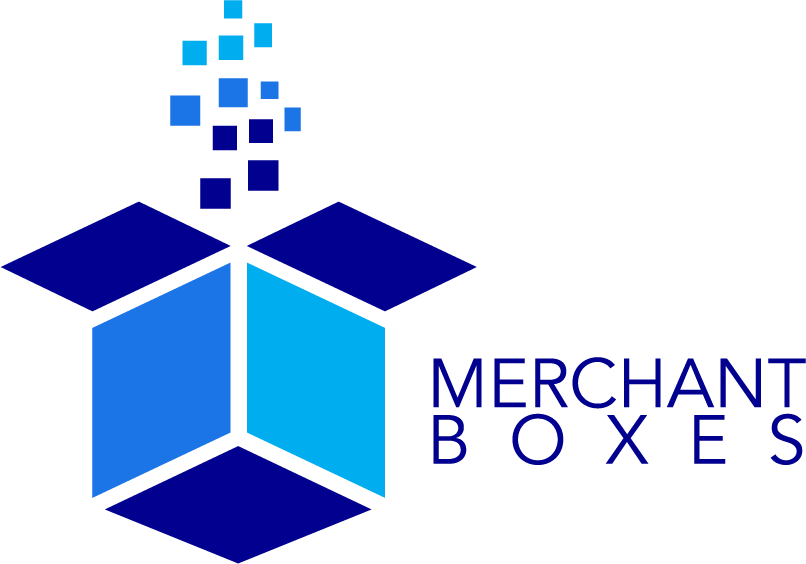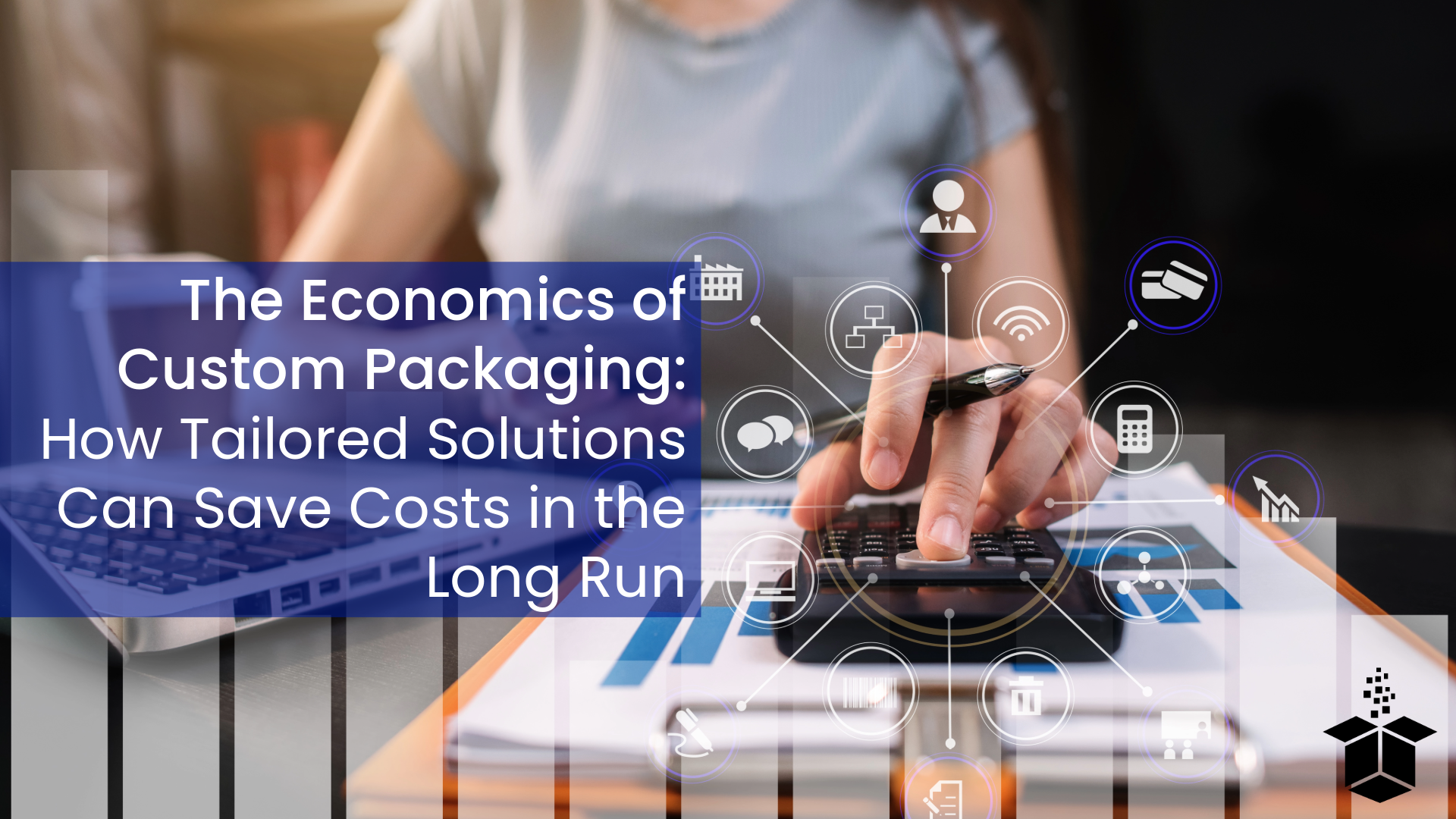The Economics of Custom Packaging: How Tailored Solutions Can Save Costs in the Long Run
In today’s highly competitive marketplace, businesses are constantly seeking ways to differentiate themselves while simultaneously driving down costs. Packaging is often viewed as a necessary expense, but with the rise of custom packaging solutions, it’s increasingly being recognized as a strategic investment. Custom packaging offers numerous economic benefits that can lead to long-term savings, better efficiency, and enhanced brand recognition. This post discusses key ways that tailored packaging solutions can save costs in the long run and explores how businesses can take advantage of this to bolster their bottom line.
1. Reducing Waste and Material Costs
One of the clearest advantages of custom packaging is its ability to reduce waste. Off-the-shelf packaging often comes in standard sizes, forcing businesses to use packaging that is either too large or inefficient for their products. This mismatch leads to two significant issues: excessive material use and added void fill (e.g., bubble wrap, packing peanuts) to protect the product.
a. Right-Sized Packaging: Eliminate Over-Packaging
Custom packaging allows businesses to create packaging that fits their products perfectly, reducing the need for additional protective materials and cutting down on packaging waste. Right-sizing means you’re not paying for more material than necessary, and you’re not wasting resources on over-packaged products.
For example, an e-commerce business that sells a variety of items, from small gadgets to larger electronics, can reduce packaging costs by using custom-sized boxes for each product. Instead of purchasing multiple standard-sized boxes and then filling the empty space with bubble wrap or foam, custom packaging ensures that the product fits snugly, eliminating excess material.
Over time, these savings add up, especially when applied to high-volume shipments. In fact, by optimizing packaging, companies can see reductions in material usage by up to 30%, leading to a significant drop in overall packaging costs.
b. Reduced Need for Void Fill and Protective Materials
When custom packaging is designed to fit a product perfectly, there’s less need for void fill materials like packing peanuts, air pillows, or crumpled paper. These filler materials, while inexpensive per unit, can add up significantly, especially in large-scale operations. The environmental impact of unnecessary filler materials is also noteworthy, as many of these are made from non-recyclable or non-biodegradable materials.
Custom packaging solutions, which often include tailored inserts, dividers, or molded trays, can securely protect products without the need for excess filler. This not only saves on material costs but also reduces the labor associated with packaging the products, as workers spend less time adjusting and securing fillers.
2. Improving Shipping Efficiency
Shipping is another area where custom packaging can lead to significant cost savings. Whether shipping products locally or globally, every inch of space matters. Carriers base their pricing on dimensional weight, which takes into account both the size and weight of a package. By using oversized or inefficient packaging, businesses may end up paying more than necessary for shipping.
a. Dimensional Weight Savings: Maximizing Space
Custom packaging optimizes the size and shape of each package to reduce its dimensional weight, ensuring that businesses are not paying for empty space. This is especially critical for businesses shipping lightweight but bulky products. By reducing the volume of the package, companies can lower their shipping costs.
Imagine a company that sells shoes. By using custom shoe boxes that are designed to fit the specific dimensions of the shoes they sell, the company can pack more boxes into a single shipping container or truck. This not only cuts down on shipping costs but also reduces the company's carbon footprint by minimizing the number of shipments needed.
b. Optimizing Supply Chain and Inventory Management
Custom packaging also plays a role in optimizing inventory management. When businesses rely on standardized, one-size-fits-all packaging, they often need to keep large amounts of different-sized boxes, void-fill materials, and protective padding on hand. Managing this variety of materials can increase the complexity of inventory management, leading to inefficiencies in storage space and increased costs for warehousing.
By investing in custom packaging, businesses can simplify their packaging materials and reduce the number of SKUs they need to manage. This streamlining allows companies to save on storage space and inventory costs while reducing the risk of running out of the appropriate-sized packaging for a particular product.
3. Enhancing Brand Recognition and Customer Loyalty
Custom packaging goes beyond functionality — it serves as a powerful marketing tool. When executed correctly, custom packaging can leave a lasting impression on customers, making them more likely to return and recommend the brand to others. This customer loyalty translates directly into long-term financial gains.
a. Creating a Memorable Unboxing Experience
In today’s experience-driven economy, customers crave more than just the product they’ve purchased; they want an experience. Custom packaging allows brands to create a memorable unboxing experience, which has become increasingly popular thanks to the rise of unboxing videos on social media platforms like YouTube and Instagram.
A well-designed package that is visually appealing, easy to open, and thoughtful in presentation can delight customers, making them more likely to share their experience online. This type of organic marketing is highly valuable, as it creates authentic, user-generated content that helps spread brand awareness without additional marketing spend.
For example, Apple is known for its attention to detail in packaging design. The unboxing experience of an Apple product is often considered part of the overall product experience, adding to the perceived value of the product. Custom packaging that elevates the brand’s image can increase customer satisfaction and loyalty, leading to repeat purchases and long-term brand advocacy.
b. Building Brand Identity and Differentiation
In an increasingly crowded market, standing out is more important than ever. Custom packaging allows brands to incorporate their unique logos, color schemes, fonts, and messaging directly into the packaging design. This strengthens brand identity and helps create a cohesive experience for the customer, from the moment they receive the package to the moment they use the product.
Consistent branding across packaging creates a sense of trust and professionalism. When customers recognize a brand from the packaging alone, it reinforces their perception of the brand’s value and quality. This brand recognition is crucial in building customer loyalty and increasing the likelihood of future purchases.
4. Sustainability and Long-Term Cost Savings
Sustainability is no longer just a buzzword; it’s a business imperative. Many consumers today prefer to purchase from brands that prioritize environmentally friendly practices, and packaging plays a key role in that decision. Custom packaging allows businesses to design eco-friendly solutions that not only meet consumer demand but also reduce long-term costs associated with waste and inefficiencies.
a. Eco-Friendly Materials and Reduced Carbon Footprint
Custom packaging can be designed using sustainable materials such as recycled paper, biodegradable plastics, or plant-based alternatives. These materials not only appeal to environmentally conscious consumers but can also reduce the costs associated with waste disposal, especially in countries or regions with strict waste management regulations.
Moreover, by reducing the size of the packaging and eliminating unnecessary fillers, businesses can lower their shipping emissions, contributing to a smaller carbon footprint. This environmentally responsible approach can enhance brand reputation, helping to attract a growing segment of eco-conscious consumers.
b. Compliance with Environmental Regulations
Many governments are introducing stricter regulations around packaging waste, particularly when it comes to single-use plastics. Investing in custom packaging designed with sustainability in mind helps businesses stay ahead of these regulations, avoiding fines or penalties. This proactive approach also helps brands align with industry trends and position themselves as leaders in sustainability.
5. Custom Packaging as a Long-Term Investment
While custom packaging may have a higher upfront cost than generic alternatives, it is important to view it as a long-term investment. The initial costs are often offset by the numerous savings generated over time, from material reduction and improved shipping efficiency to enhanced brand loyalty and customer retention.
a. The Cost of Brand Loyalty and Retention
Retaining an existing customer is far less expensive than acquiring a new one. Custom packaging plays a key role in customer retention by creating positive associations with the brand and offering a memorable experience. Over time, these positive interactions increase customer loyalty, leading to repeat purchases and a higher customer lifetime value.
Additionally, the referral value of satisfied customers who share their experiences via word of mouth or on social media can lead to new customer acquisition at no additional cost. A strong packaging strategy can act as a silent ambassador for your brand, continually reinforcing your market presence.
b. Cost of Rebranding and Flexibility
Another advantage of custom packaging is its ability to adapt to changing branding or marketing campaigns. When a brand decides to refresh its image or launch a new product line, custom packaging allows for easy updates and redesigns that keep the brand relevant without sacrificing consistency. This flexibility reduces the need for expensive rebranding campaigns and ensures that packaging remains an integral part of a cohesive brand strategy.
6. Investing in Advanced Technologies
Custom packaging also enables businesses to leverage emerging technologies such as QR codes, NFC tags, or augmented reality (AR) elements. These technologies can enhance the customer experience while providing valuable data for the brand. For instance, packaging with QR codes can direct customers to online content such as user guides, promotional offers, or social media channels, creating additional engagement opportunities.
While there may be initial costs associated with integrating such technologies into packaging, the long-term benefits — including improved customer interaction, streamlined post-purchase communication, and enhanced product tracking — can offset these expenses and lead to better overall business efficiency.
Conclusion: Custom Packaging as a Cost-Saving Solution
Custom packaging is far more than just an aesthetic enhancement; it’s a cost-saving solution that can improve efficiencies, reduce waste, and enhance the customer experience. By investing in tailored packaging solutions, businesses can realize long-term financial benefits that far outweigh the initial costs.
From reducing material and shipping costs to enhancing brand recognition and customer loyalty, the economic advantages of custom packaging are clear. As businesses increasingly look for ways to balance cost-efficiency with sustainability and brand identity, custom packaging stands out as a critical tool for achieving these goals.





